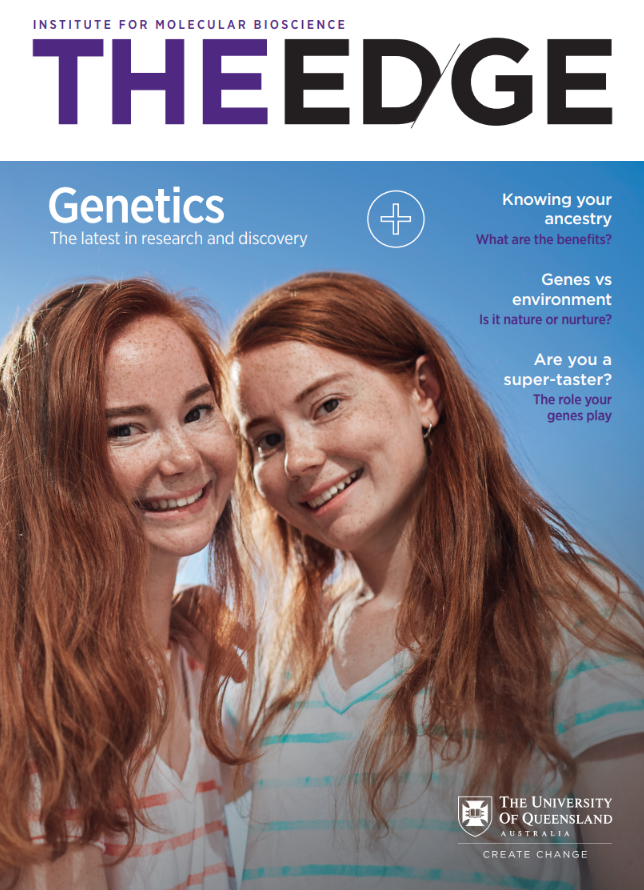Get the latest research to your inbox
- PhD StudentInstitute for Molecular Bioscience
- Visiting AcademicInstitute for Molecular Bioscience
- CEAStAR Administration OfficerInstitute for Molecular Bioscience
Ariotti group
Group Leader
Dr Nicholas Ariotti
Senior Research Fellow - GLInstitute for Molecular BioscienceResearcher profile is public:1Supervisor:Researcher biography:Dr Ariotti is a Senior Research Fellow and Group Leader at the University of Queensland, Australia. Nick's Lab is focused on using cell biology, structural biology, and biochemistry to understand the molecular mechanisms of endocytosis including the organization of cargo for the transport and packaging of proteins into cells and, specialises in how defects in protein trafficking, and plasma membrane organisation can result in human diseases. He completed his PhD in 2013 at the University of Queensland. He then spent 4 years postdoctoral researcher at the Institute for Molecular Biosciences in Rob Parton's laboratory where he focused on developing and applying correlative light and electron microscopy approaches to better understand endocytosis. In 2017, Dr Ariotti moved to the Electron Microscope Unit at UNSW to serve as the Associate Director of Biological EM. He spent 5 years at the Electron Microscope Unit establishing Cryo-EM and cryogenic-Correlative Light and Electron Microscopy. In 2022, Dr Ariotti returned to the IMB at UQ as an independent research group leader with a focus on developing and applying novel cryogenic correlative approaches to uncover protein structures in situ.
Researchers
Dr Jessica Smith
Researcher profile is public:0Supervisor:Students
Mr Muze Cheng
PhD StudentInstitute for Molecular BioscienceResearcher profile is public:0Supervisor:Tags:Ariotti Group- Higher degree by research (PhD) studentInstitute for Molecular Bioscience
- Higher degree by research (PhD) studentInstitute for Molecular Bioscience
Smith Group
Group Leader
Dr Kelly Smith
Group Leader, Genomics of Development and Disease DivisionCo-DirectorCentre for Cardiac and Vascular BiologyResearcher profile is public:0Supervisor:Body:Highlights
Dr Kelly Smith is a developmental biologist. She studies how the heart forms in embryo from a few cells of undetermined identity to a 3-dimensional beating organ. During her PhD, she was in the place where surgeons performed Australia’s first split liver transplant, trying to get more out of the organs that they had, and she thought ‘we should be making these.' Given the vital role the heart plays in supporting life, she has focussed her research to try and understand this particular organ.
Dr Smith was involved in the largest forward genetic screen in Australia. Using Zebrafish, the study screened over 400 families of fish and found 30 different genes, nine of which were new. Through this study, she identified a gene responsible for heart arrhythmia and a protein called Tmem2 that degrades the extracellular matrix. Dr Smith had discovered the gene in her post-doctoral research, but the large-scale forward screen helped to describe its role in our body.
During her post-doctoral research, Dr Smith also found a mutation responsible for a congenital condition called ‘atrial septal defect’ where blood flows between the chambers.
Dr Smith conducts her research using Zebrafish. She creates a fish version of a patient (an avatar) with a particular gene mutation and monitors what is happening within the embryo.
Video
Connect






Researchers
Students
Mr Sam Capon
Higher degree by research (PhD) studentInstitute for Molecular BioscienceResearcher profile is public:0Supervisor:Miss Jessica De Angelis
Higher degree by research (PhD) studentInstitute for Molecular BioscienceResearcher profile is public:0Supervisor:Miss Vanessa Raileanu
Higher degree by research (PhD) studentInstitute for Molecular BioscienceResearcher profile is public:0Supervisor:Miss Daniela Grassini
Higher degree by research (PhD) studentInstitute for Molecular BioscienceResearcher profile is public:0Supervisor:
Pages
Strawberry DNA extraction activity
Extract and view DNA from a strawberry using common household ingredients.
Get started
The Edge: Genetics
People have known for thousands of years that parents pass traits to their children, but it is only relatively recently that our technology has caught up to our curiosity, enabling us to delve into the mystery of how this inheritance occurs, and the implications for predicting, preventing and treating disease.
Subscribe to our newsletter
Get the latest research straight to your inbox.
Stay up-to-date as we answer questions about hot topics, and share the latest news at IMB, Australia’s #1 research institute.
General enquiries
+61 7 3346 2222
imb@imb.uq.edu.au
Media enquiries
IMB fully supports UQ's Reconciliation Action Plan and is implementing actions within our institute.
Support us
Donate to research
100% of donations go to the cause



